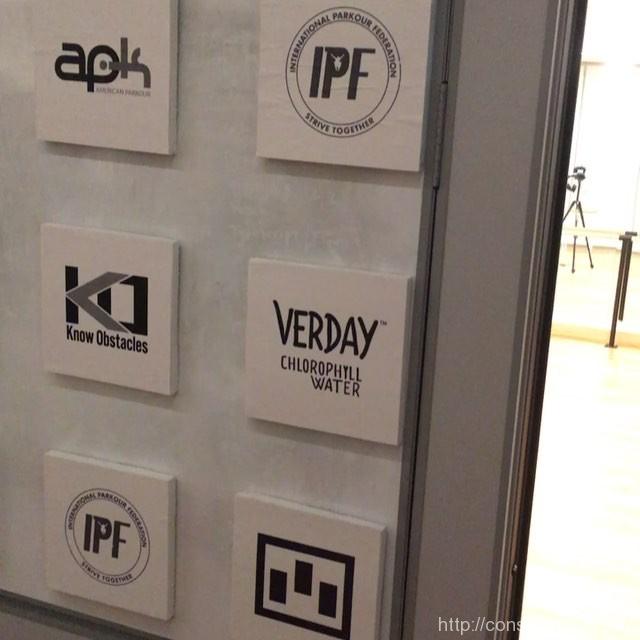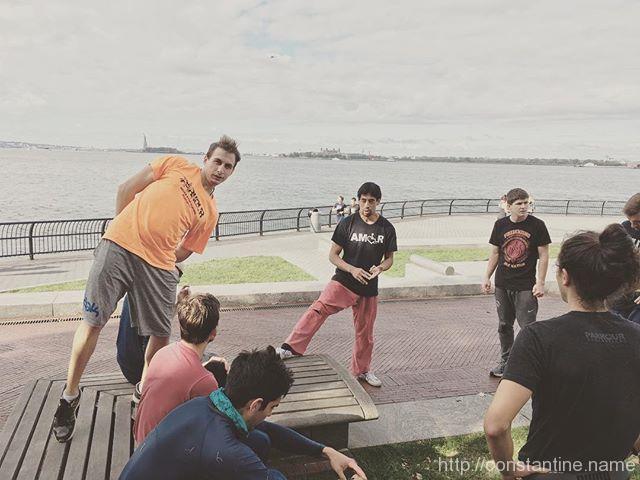So I was off talking about something, which was in fact a classic example of yak shaving. The person I was talking with is intimately familiar with the term. But in case you are not…
me: There was an old—sesame street maybe?—tv episode from the 70s or early 80s with a song, “There’s a hole in the bucket, Dear Liza, Dear Liza…” that describes that sort of recursion. Decades earlier than yak shaving.
You’re absolutely right! “There’s a Hole in the Bucket” is actually much older than that—it’s a traditional folk song that dates back to at least the 1700s in Germany (as “Lieder von der Zithermädchen”). The English version became popular in the 1800s.
The song became widely known in America in 1961 when Harry Belafonte and Odessa Turner recorded it, and yes, it was performed on various children’s shows including Sesame Street in later years.
The song is the perfect example of circular dependency/yak shaving! The structure is that Henry needs to fix the bucket, but to do that he needs to sharpen the axe, but to sharpen the axe he needs to wet the stone, but to wet the stone he needs water, but to get water he needs… the bucket. It’s an endless loop of prerequisites that circles back to the original problem.
So you’re totally right—this concept of getting stuck in recursive task dependencies has been around in folk culture for centuries! The MIT folks just gave it a modern, absurdist name with “yak shaving.” The bucket song might be one of the earliest comedic explorations of dependency hell.
It’s funny how the same human experience—whether it’s 18th century peasants or 21st century sysadmins—keeps rediscovering this frustrating pattern and finding ways to laugh about it.
ɕ



